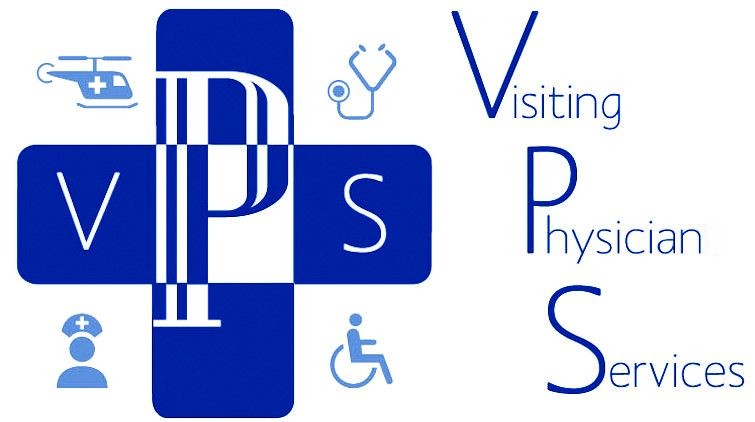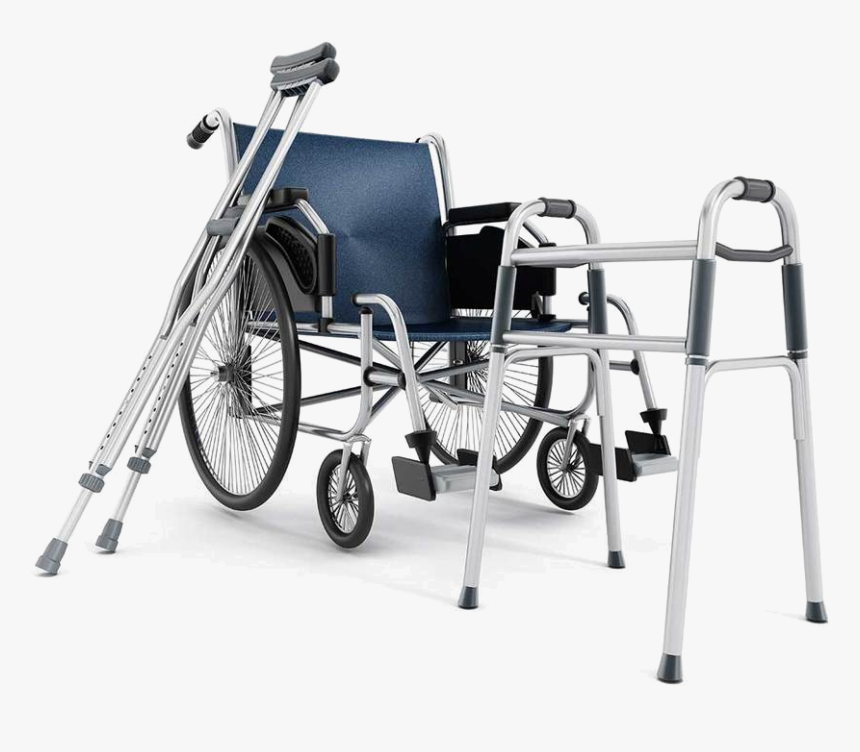Durable Medical Equipment Management :
Durable Medical Equipment (DME) management involves the provision, coordination, and maintenance of specialized medical equipment that is designed for repeated use and prescribed by healthcare professionals. Here’s an overview of services related to DME management:
- Patient Assessment: Evaluate the patient’s medical condition, mobility, and functional needs to determine the appropriate DME.
- Prescription: Work with healthcare providers to prescribe the necessary durable medical equipment based on the patient’s needs.
- Vendor Coordination: Collaborate with approved vendors or suppliers to acquire the prescribed DME.
- Delivery and Installation: Ensure timely delivery, installation, and setup of the equipment at the patient’s residence.
- Patient Training: Provide comprehensive training to patients and their caregivers on the proper use, maintenance, and safety considerations of the durable medical equipment.
- Educational Materials: Offer written or digital materials to reinforce proper usage and care guidelines.
- Insurance Coordination: Verify insurance coverage for DME and navigate the approval process.
- Billing Services: Manage the billing process, ensuring accurate and timely submission of claims to insurance providers.
- Scheduled Maintenance: Establish a schedule for routine maintenance to ensure that equipment remains in optimal condition.
- Repair Services: Arrange for prompt repairs in case of equipment malfunctions or wear and tear.
- Assessment for Replacement: Evaluate the condition of DME periodically to determine if replacement or upgrades are needed.
- Coordination of Replacement: Facilitate the replacement process, including the procurement and delivery of new equipment.
- Documentation: Maintain accurate records of equipment usage, maintenance, and repairs for compliance purposes.
- Regulatory Compliance: Stay informed about and adhere to regulations and standards related to DME management.
- Digital Tracking: Utilize technology for tracking equipment usage, maintenance schedules, and patient compliance.
- Telehealth Integration: Incorporate DME data into telehealth platforms for remote monitoring and support.
- Addressing Concerns: Act as an advocate for patients in resolving issues related to equipment functionality, insurance coverage, or other concerns.
- Facilitating Communication: Ensure effective communication between patients, healthcare providers, and equipment suppliers.
- Home Environment Evaluation: Assess the patient’s home environment to ensure that it is conducive to the safe and effective use of DME
Needs Assessment:
- Conduct surveys and assessments to understand the specific needs and challenges within the community.
- Engage with individuals and families to identify their unique needs and preferences.
- Ensure that necessary medical equipment, such as wheelchairs, walkers, or oxygen, is prescribed and coordinated for delivery to the patient’s home.
Educate the patient and caregivers on medication regimens, potential side effects, and the importance of adherence.
Caregiver Support
- Provide education and training for family members or caregivers to ensure they are equipped to support the patient at home.
Offer temporary relief for caregivers to prevent burnout and maintain their well-being.
Collaboration with Service Providers:
- Act as a bridge between individuals and the services they need, making appropriate referrals.
Guide individuals through the process of accessing and navigating available resources.
Advocacy:
- Act as a bridge between individuals and the services they need, making appropriate referrals.
Guide individuals through the process of accessing and navigating available resources.
Follow-Up and Monitoring:
- Act as a bridge between individuals and the services they need, making appropriate referrals.
Guide individuals through the process of accessing and navigating available resources.
Technology Integration:
- Act as a bridge between individuals and the services they need, making appropriate referrals.
Maintain an online presence with information about available resources and services.
Resource Identification:
Identify existing community resources, services, and programs.
Maintain a comprehensive database of available resources and service providers
Outreach Events:
3. Community Education:
- Review and reconcile the patient’s medications to avoid discrepancies and ensure adherence.
Educate the patient and caregivers on medication regimens, potential side effects, and the importance of adherence.
Referral Services:
- Conduct follow-up visits or telehealth consultations to monitor the patient’s progress and address any emerging issues.
information with the patient’s primary care physician and specialists to facilitate ongoing care coordination.
Chronic Disease Management: We specialize in managing chronic conditions such as diabetes, hypertension, and arthritis, COPD etc, providing ongoing support and guidance to help you live a healthier life.
Referrals and Coordination: If further specialized care is needed, we provide seamless referral services and work closely with specialists to coordinate your healthcare, ensuring a smooth transition between providers.
Crisis Intervention:
- Provide support and assistance in crisis situations, connecting individuals with emergency services and resources.
Cultural Competence:
- Demonstrate cultural competence by understanding and respecting the diverse backgrounds and needs of community members.
Guide individuals through the process of accessing and navigating available resources.
8. Advocacy:
- Act as a bridge between individuals and the services they need, making appropriate referrals.
Guide individuals through the process of accessing and navigating available resources.
Medical laboratory and specialists services
- Routine and medical care
- Excellence in Healthcare every
- Building a healthy environment.


